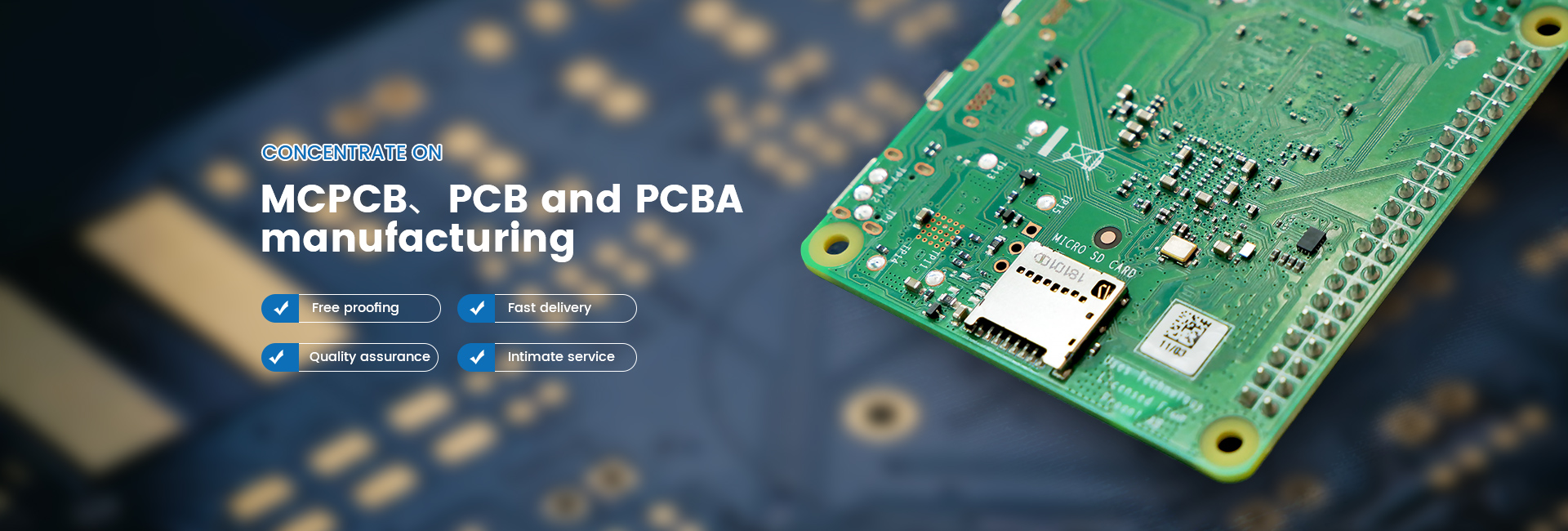Time:2022-11-25 Visit:
1、 Preface
At present, during the operation cycle from copper deposition, electroplating of the whole board to pattern transfer in the production process of double-sided circuit boards and multilayer PCBs, the oxidation of copper layers on the board and in the holes (from the holes) seriously affects the production quality of pattern transfer and pattern electroplating; In addition, AOI scanning false spots increase due to oxidation of inner laminates, which seriously affects the testing efficiency of AOI; This kind of incident has always been a headache in the industry. Now we will discuss how to solve this problem and how to use professional copper surface antioxidant.
1. Current Methods and Status Quo of Copper Surface Oxidation in PCB Production
① Copper Deposition in Circuit Board Factory -- Anti oxidation of Whole Board after Electroplating
Generally, most of the plates after copper deposition and whole plate electroplating will go through: ① 1-3% dilute sulfuric acid treatment; ② High temperature drying at 75-85 ℃; ③ Then place the rack or stack, and wait for pasting dry film or printing wet film for pattern transfer; ④ In this process, a few boards need to be placed for 2-3 days, while many boards need to be placed for 5-7 days; ⑤ At this time, the copper layer on the PCB surface and in the hole has been oxidized into "black"
In the pre-treatment of pattern transfer, the form of "3% dilute sulfuric acid+brush" is usually used to treat the copper layer on the board. However, the treatment effect in the hole only depends on pickling, and it is difficult to achieve the ideal effect in the previous drying process; As a result, the pores are often not completely dried and contain water, and the oxidation degree is much more serious than that of the board surface. It is impossible to remove the stubborn oxide layer only by acid washing. This may cause PCB boards to be scrapped due to no copper in the hole after pattern electroplating and etching.
② Anti oxidation of inner layer of PCB multilayer board
Usually, after the completion of the inner layer circuit, it is processed by developing, etching, film stripping and 3% dilute sulfuric acid. Then, it is stored and transported through film separation and waits for AOI scanning and testing; In this process, the operation and transportation will be very careful, but the board surface will inevitably have defects such as finger prints, stains, oxidation spots, etc; A large number of false points will be generated during AOI scanning, and AOI testing is based on the scanned data, that is, all scan points (including false points) will be tested by AOI, which leads to very low testing efficiency of AOI.
2. Discussion on the introduction of anti oxidant for copper surface
At present, many liquid medicine suppliers of PCB multilayer circuit board manufacturers have introduced different copper surface anti oxidants for production; At present, our company also has a similar product, which is different from the final copper surface protection (OSP), and is applicable to the copper surface anti-oxidation liquid in PCB production process; The main working principle of the liquid medicine is that organic acids and copper atoms form covalent bonds and coordination bonds to form chain polymers and form multi-layer protective films on the copper surface, so that no redox reaction and hydrogen can occur on the copper surface, thus playing the role of oxidation prevention. According to our use and understanding in actual production, the copper surface antioxidant generally has the following advantages:
A. Simple process, wide scope of application, easy operation and maintenance;
b. Water soluble process, free of halide and chromate, which is conducive to environmental protection;
c. The removal of the generated anti oxidation protective film is simple, and only the conventional "pickling+brushing" process is required;

d. The generated anti oxidation protective film does not affect the welding performance of the copper layer and almost does not change the contact resistance.